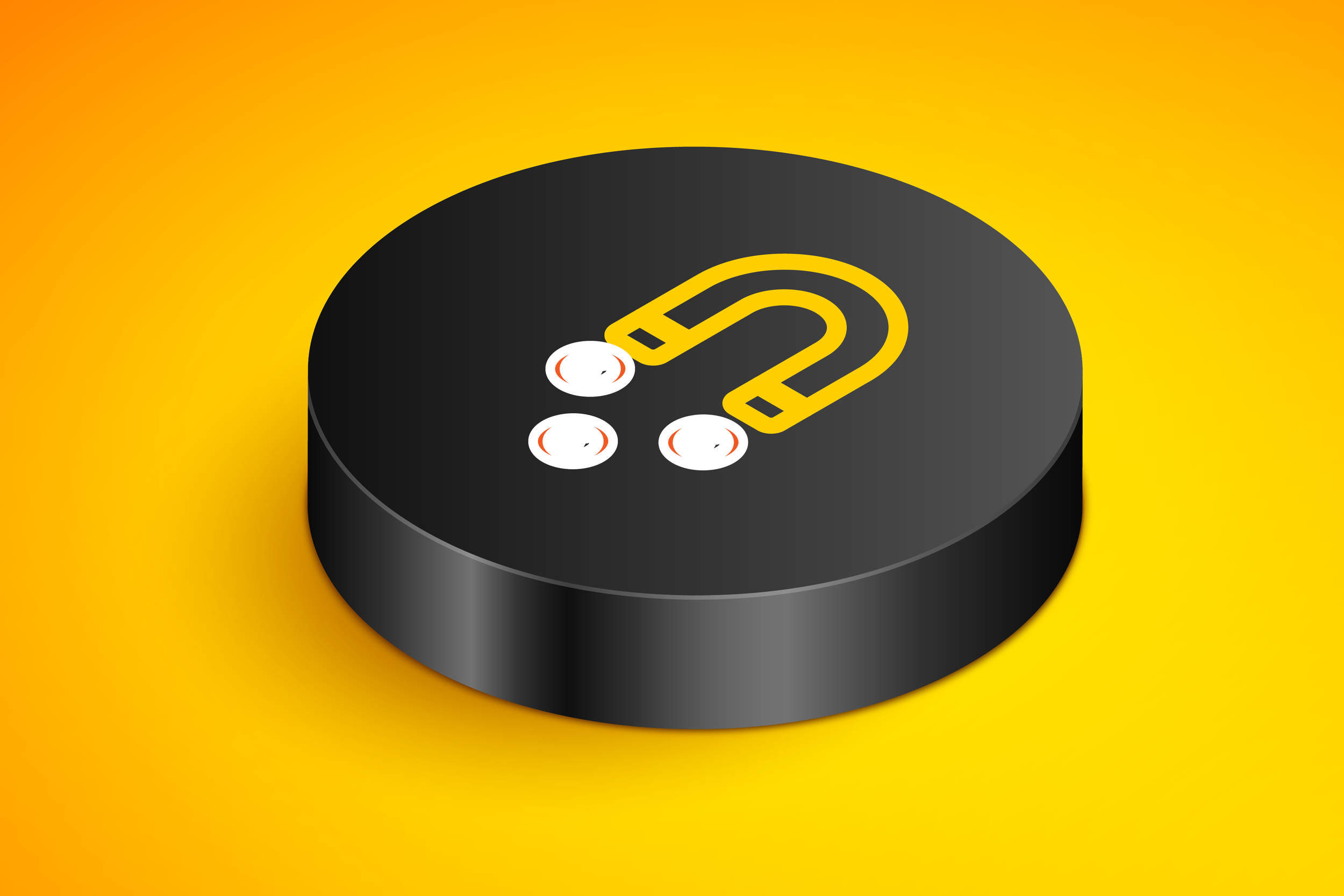Why You Should Know Your Customer Retention Rate
The opposite of the customer retention rate is the customer churn rate.
Studies have shown that by retaining loyal customers, businesses could save between 80-90% compared to the cost of acquiring new customers.
In addition to these acquisition-related savings, there are more benefits. Loyal customers often spend more and recommend you to their friends and family, expanding your customer list free of charge.
Customer Retention Rate
The customer retention rate measures the percentage of existing customers who have stayed with your company at the end of the period compared to the total number of customers at the start of the period.
For example: Suppose you had 10 customers at the start of the period and added 5 new customers. At the end of the period, you count a total of 13 customers. In that case, your customer retention rate would be 80% ([13-5]/10).
You lost 2 customers, which is called churn. Subsequently, your customer churn rate is 20% ([10-[13-5]]/10).
Unfortunately, the customer retention and churn rates do not account for the size of your customers' business with you or how frequently they place an order. If you start losing the largest or most promising customers — the ones with the highest customer lifetime value — you urgently need to figure out why.
However, your customer retention rate will rarely be 100%. When you compare the customer retention rate of different industries, retail is about 60%, and professional services is about 85%.
Returning Customer Rate
The returning customer rate is a variation of the customer retention rate. By focusing on your customers' order activity, the returning customer rate excludes dormant or inactive customers. It measures the percentage of customers who placed 2 or more orders in a specific period compared to all customers who placed at least one order within the same period. Unfortunately, the returning customer rate also doesn't use the order size in its calculation.
In Shopify, you can easily find the returning customer rate in your Analytics Dashboard of your admin panel.
Customer Cohort Analysis
The customer cohort analysis attempts to answer the question after how many months a group of customers — the cohort — placed another order.
The cohort is a customer segment that shares the same characteristic of having initially bought from you in a specific month, for example, in January. Some customers in this cohort returned to your store and placed a subsequent order in February, one month after the initial purchase, while others bought after 2 or 3 months.
The customer cohort analysis gives valuable behavioral insight into when repeat customers place follow-up orders. It is a useful additional metric to the returning customer rate. But, unfortunately, it also doesn't account for the size of these orders.
Shopify automatically produces a 6-month customer cohort analysis for your business and displays it in your Analytics Dashboard of your admin panel.
Deeper Insights
All three metrics — customer retention rate, returning customer rate, and customer cohort analysis — focus on customer retention and are excellent starting points to deepen your insights into your customers' purchasing behavior.
For example, in addition to looking at the number of customers or the number of orders, I also would like to see a monetary view that considers the order value, which would give me a feel for the size of the issue and put it in perspective.
Creating such a chart requires some thorough Excel number-crunching. But the deeper insights you can gain have always been worth the extra effort. Because by understanding your customers better, you can introduce meaningful changes and significantly improve customer satisfaction and profitability.













